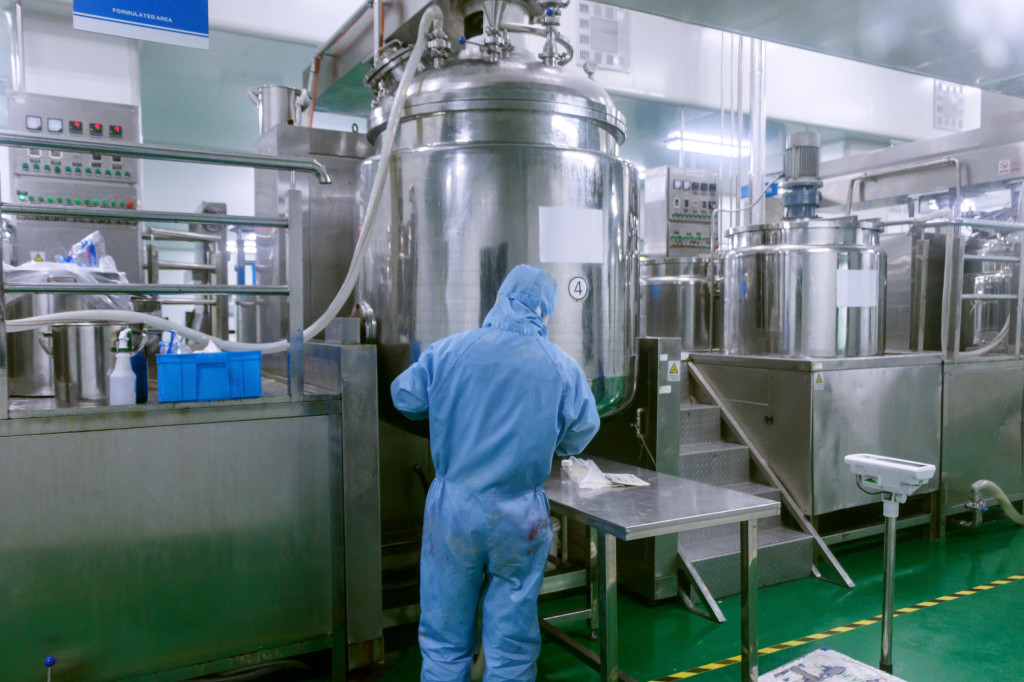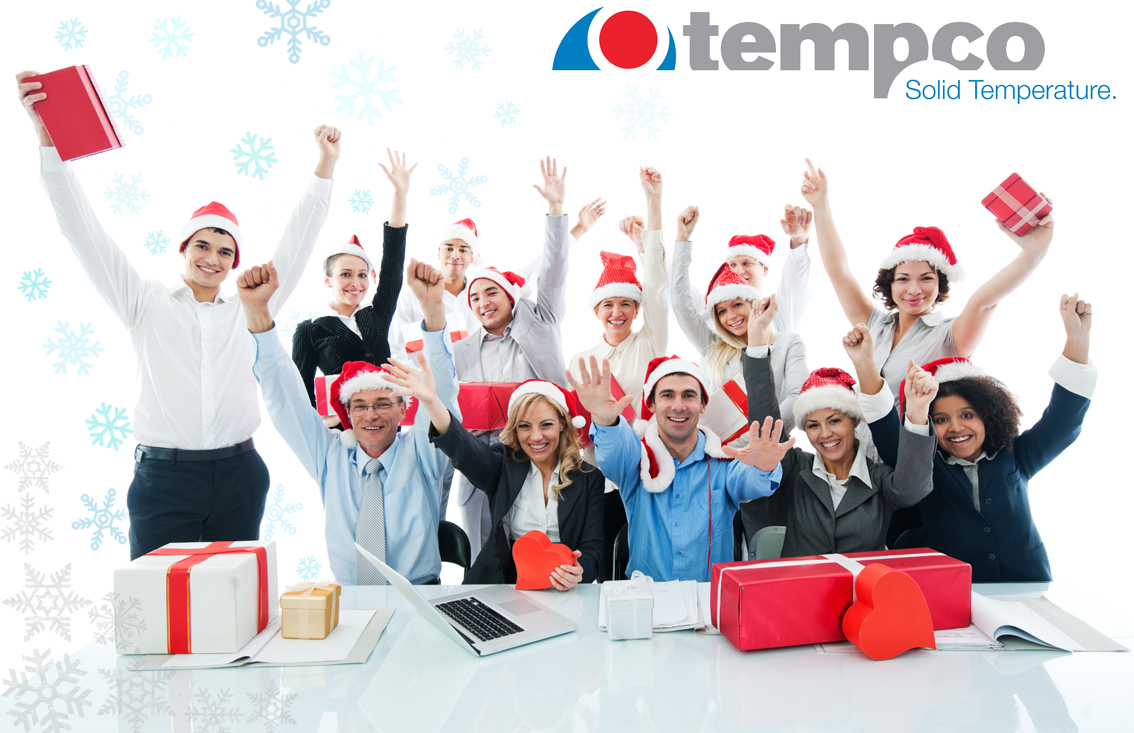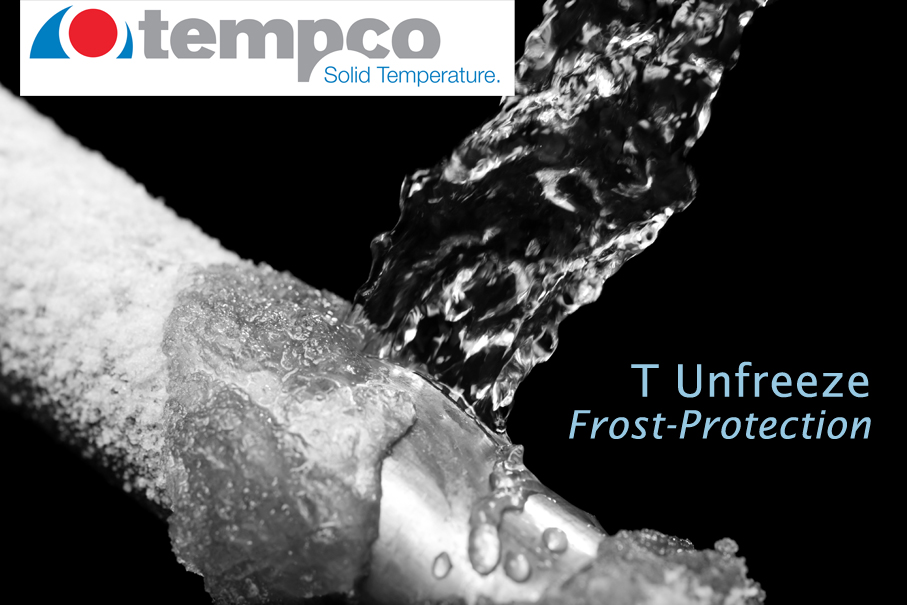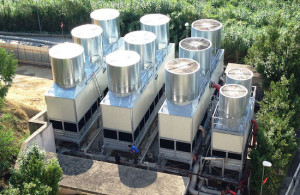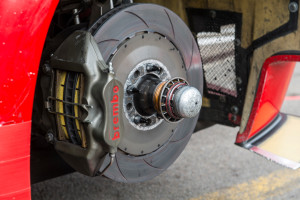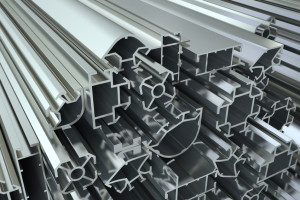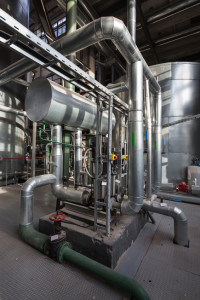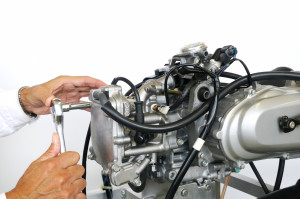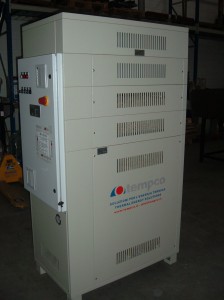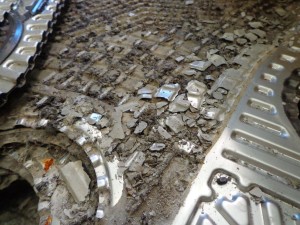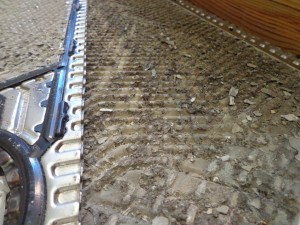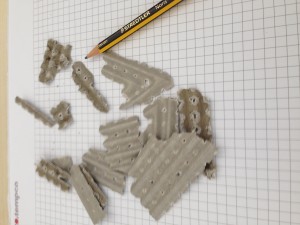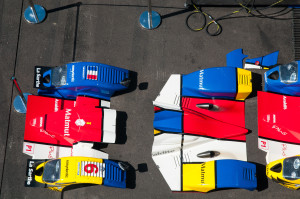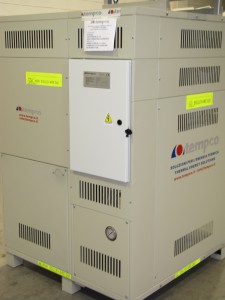When a new year begins, it is usually time to focus on new targets and new goals.
I reviewed the last twelve months and I realised how many new ambitious and interesting projects we have developed as part of the Tempco team.
One of the products we are very proud of are our special temperature control units. Precisely because this is an entirely non-standard product, except for the approach and the method we use to check customer data, analyse it and find the best outcome for them to streamline production and ensure it is more efficient.
In 2017 we will increasingly focus on customising our temperature control units:
- remote communication of operating data
- accurate temperature control, both in terms of heating and cooling
- heating capacity modulation
- energy savings
these are some of the points we focused on and for which everyone in our work group improved their knowledge.
Have a nice day!

